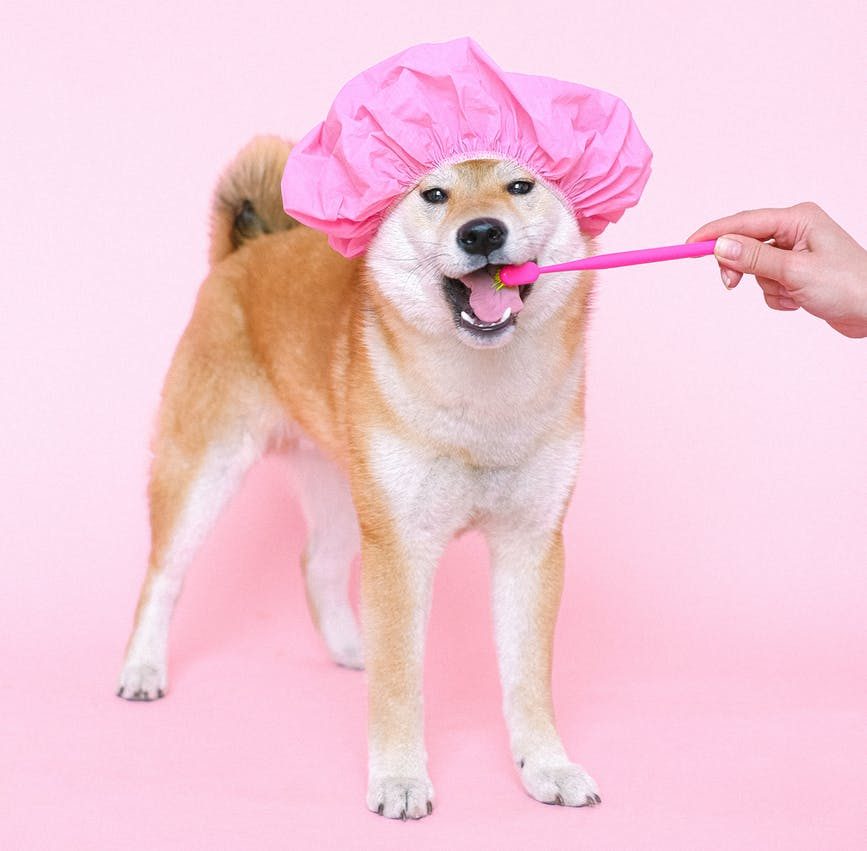DIY Pet Grooming
Grooming your pet is important for their health. But it can get expensive and it can be stressful for your 4-legged BFF. Grooming at home is a good alternative: it keeps costs down, is less scary for your cat or dog, and helps you keep tabs of your pet’s health.
Here are the most important home-grooming habits you can use to keep an eye on your pet’s health:
Coat
Both dogs and cats benefit from having their coats brushed. Consistent brushing also helps you keep track of your pet’s skin. An article on Dogster lists the following conditions to watch for while brushing your pet’s fur: hot spots, bald spots, oily/dry patches, open sores, scaly skin, or any other abnormality.
Long haired and double coated pets benefit from a good, regular brushing. For cat it cuts down on hairballs, and removing excess fur helps your pet stay cool and prevents tangles.
Ears
Do you even smell your pet’s ears? You should! Bernadine Cruz, DVM says you should check your pet’s ears once every week. Give them a sniff, they shouldn’t have a smell. Take a look, there shouldn’t be any dirt or debris nor should they be red or inflamed. If your pet’s ears smell like stinky feet or look red or inflamed it might be time for a vet visit.
Teeth
We all know that brushing your pet’s teeth is important for their long term health. We’ve talked about the how of brushing your pet’s teeth before. Make sure you use pet tooth paste as the human version is bad for your pet, and aim to brush at least once/week.
Nails
Have an indoor pet? Is your pet older and doesn’t get as much outside time as in their youth? You might have to cut your pet’s nails. Without regular trimming nails can grow into your pet’s paws, this is painful and can cause infection.
Trimming your cat’s claws can be especially difficult. Here’s a how-to article from PetMD that might help. If you’d like to trim your dog’s nails check out this Dogster article for an easy step-by-step guide.
If you’re going to trim your pet’s nails at home make sure to invest in a proper pair of pet nail clippers.
Before you Begin
- Research your pet’s breed so you know their specific grooming needs
- Look into training your pet on the grooming process
- Plan for session to be short
- Have lots of treats on hand for rewards
- Make sure you have the right equipment to do the job, for example, proper nail scissors or hair clippers, and a pet shampoo
A Word of Baths
Bathing your dog is always a good idea. Try not to bathe your pup too often as over bathing can cause skin irritation and dryness.
Be Social
We want to hear from you! Do you have grooming tips to share? Make a comment below or on our Facebook Page: https://www.facebook.com/DoonGo/
Let’s Connect
Follow us on:
- Instagram: http://instagram.com/doo_n_go/
- Pinterest: https://www.pinterest.com/doongo/
- Facebook: https://www.facebook.com/DoonGo
Resources
Here are the resources used to write this blog:





